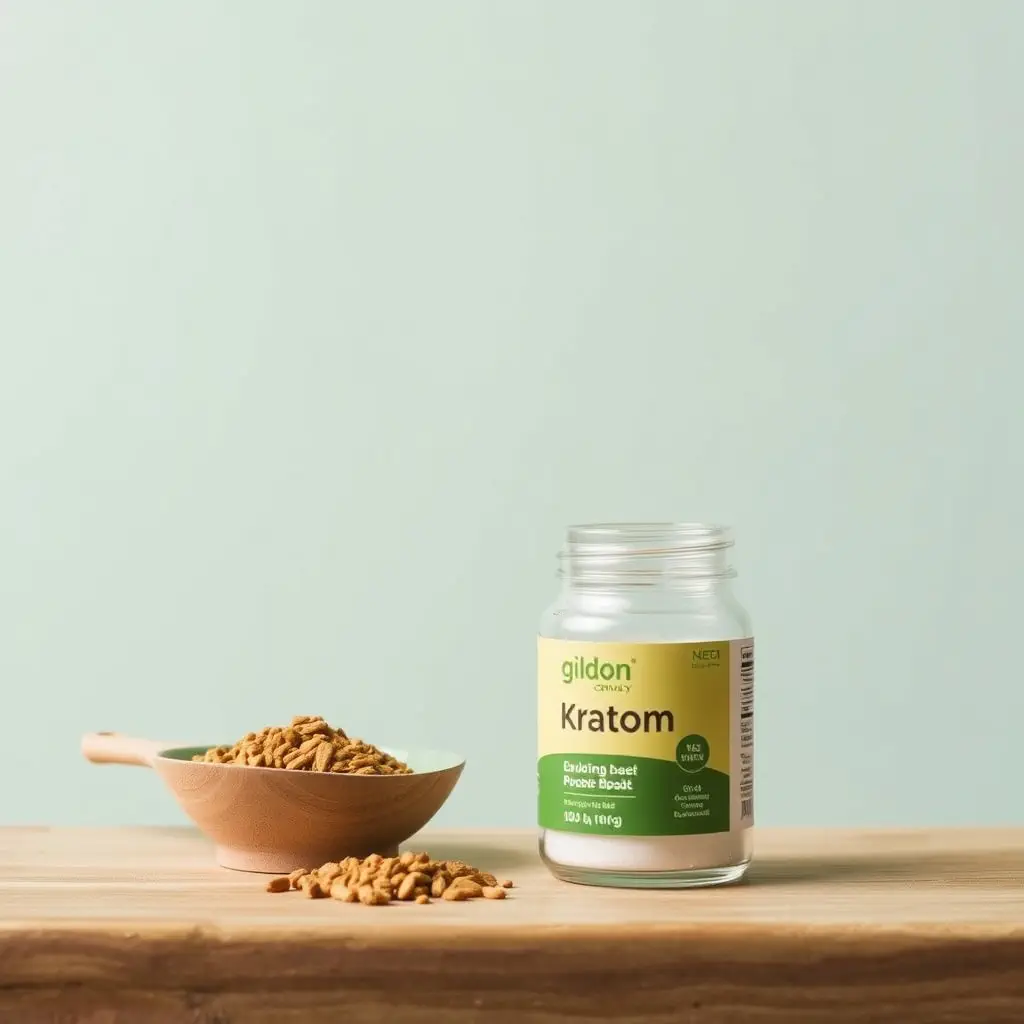Kratom, derived from the Mitragyna speciosa tree, has been recognized for its potential as a natural sleep aid. Its active components, mitragynine and 7-hydroxymitragynine, work by engaging with opioid receptors to influence neurotransmitters that affect mood and pain perception, promoting relaxation and potentially facilitating sleep onset. These compounds also affect the GABAergic system, which can reduce anxiety and promote drowsiness, aiding in the transition into deeper stages of sleep. The sleep aid benefits of kratom include improved deep sleep quality and duration, fewer nighttime awakenings, and enhanced overall sleep health. Users often report waking up feeling refreshed, indicating its restorative effects. However, it is crucial for individuals to approach its use with caution, considering personal physiology, strain differences, and the potential risk of habituation or dependency associated with some pharmaceutical options. Safe usage involves selecting the appropriate dosage—a lower dose for sleep initiation and higher doses with caution due to potential side effects—and understanding how different kratom strains can influence relaxation and sleep depth. As with any supplement, consulting healthcare professionals is essential to ensure that kratom complements one's health regimen without adverse interactions. Responsible use of kratom for its sleep aid benefits is key, balancing its advantages with an awareness of its potential risks and side effects.
Discover the transformative effects of Kratom as a natural sleep aid that can unlock deep, restorative slumber. This article delves into how Kratom’s unique properties enhance sleep quality, backed by scientific evidence on its impact on sleep patterns. Navigate through dosage recommendations and strain selection to harness Kratom’s benefits for optimal sleep, ensuring a peaceful night’s rest and a rejuvenated morning. Unlock the secrets of this potent botanical and elevate your sleep aid regimen for a healthier, more rested you.
- Unlocking the Potential of Kratom as a Natural Sleep Aid: How It Promotes Deep Sleep and Enhances Sleep Quality
- The Science Behind Kratom's Role in Regulating Sleep Patterns and Improving Restorative Rest
- Navigating the Nuances: Understanding Dosage, Strain Selection, and Safe Usage of Kratom for Optimal Sleep Benefits
Unlocking the Potential of Kratom as a Natural Sleep Aid: How It Promotes Deep Sleep and Enhances Sleep Quality

Kratom, a tropical evergreen tree native to Southeast Asia, has garnered attention as a natural sleep aid due to its potential benefits for promoting deep sleep and enhancing overall sleep quality. The active compounds found in kratom leaves, known as alkaloids, interact with the brain’s neurotransmitters, particularly those involved in regulating mood and pain perception, which can be pivotal in improving sleep patterns. When taken at optimal dosages, kratom can induce a state of relaxation that facilitates the onset of deep, restorative sleep. Its effects are believed to be mediated through the stimulation of specific receptors in the brain, leading to a reduction in the time it takes to fall asleep and an increase in the duration of uninterrupted slumber. Additionally, users often report an improved quality of sleep, characterized by fewer awakenings throughout the night, which is crucial for bodily repair, cognitive processing, and emotional regulation. For those seeking a natural alternative to pharmaceutical sleep aids, kratom’s sleep aid benefits offer a compelling option to explore for better sleep health. However, it is essential to approach its use responsibly, adhering to recommended dosages and considering individual sensitivities, as the efficacy and safety of kratom can vary based on various factors, including strain potency and personal physiology.
The Science Behind Kratom's Role in Regulating Sleep Patterns and Improving Restorative Rest

Recent studies have shed light on the potential of Kratom, a natural substance derived from the Mitragyna speciosa tree, as a sleep aid. The active compounds found in Kratom, namely mitragynine and 7-hydroxymitragynine, interact with the body’s opioid receptors, which can influence the neurotransmitters responsible for regulating mood and pain perception. This interaction can help alleviate discomfort and promote relaxation, creating an environment conducive to sleep. Moreover, these compounds can modulate the activity of the brain’s GABAergic system, which is pivotal in reducing anxiety and inducing drowsiness, thereby facilitating a transition into deep sleep stages.
For individuals experiencing sleep disturbances or those seeking to enhance the quality of their sleep, Kratom may offer benefits by improving the duration and depth of restorative rest. Unlike some pharmaceutical sleep aids that can lead to habituation or dependency over time, Kratom’s impact on sleep patterns appears to be more nuanced and less addictive. This makes it a potentially valuable option for those looking for natural sleep aid benefits without the risk of developing a substance use disorder. Users often report a sense of being well-rested upon waking, suggesting that Kratom not only helps initiate sleep but also supports its restorative aspects. As with any sleep aid, however, it is crucial to consult with healthcare professionals before incorporating Kratom into one’s sleep regimen, especially considering individual differences in sensitivity and metabolism.
Navigating the Nuances: Understanding Dosage, Strain Selection, and Safe Usage of Kratom for Optimal Sleep Benefits

When exploring the sleep aid benefits of kratom, it is crucial to approach its use with a nuanced understanding that encompasses dosage, strain selection, and safe usage practices. Kratom, derived from the Mitragyna speciosa tree, has been traditionally used in certain cultures for its various effects, including those conducive to sleep. To harness these benefits effectively, one must consider the appropriate dosage, as it can significantly influence the quality of rest achieved. Typically, a lower dose is recommended for inducing sleep, while higher amounts may lead to sedation but should be used with caution due to the potential for increased side effects.
Strain selection also plays a vital role in utilizing kratom as a sleep aid. Different strains possess distinct alkaloid profiles that can influence their sedative properties. For instance, Indo and Bali strains are often favored for their relaxing and soothing effects, which can be beneficial for deep sleep. In contrast, Maeng Da and Red Vein strains are known for their potency and long-lasting effects, making them suitable choices for those seeking a more profound state of rest. It is imperative to approach the use of kratom with an informed perspective, ensuring that one’s chosen strain aligns with their individual sleep needs and preferences. Safe usage is paramount, as it involves understanding one’s body’s response to kratom and adhering to guidelines that promote health and well-being. Regular users often develop a tolerance, necessitating adjustments in dosage and frequency of use to maintain the desired sleep aid benefits without risking adverse effects or dependency issues. Always prioritize consultation with healthcare professionals when integrating kratom into a sleep regimen, especially if other medications are in use.
In conclusion, the use of kratom as a natural sleep aid offers significant benefits for those seeking to improve their sleep quality and experience more restorative sleep. Understanding its science-backed role in regulating sleep patterns provides a foundation for safely harnessing its potential. By considering dosage and strain selection with care, individuals can optimize the sleep aid benefits of kratom while ensuring a deep, rejuvenating rest. As this exploration into kratom’s effects on sleep makes clear, this botanical substance could be a valuable addition to one’s bedtime routine, offering a natural alternative for better slumber.






